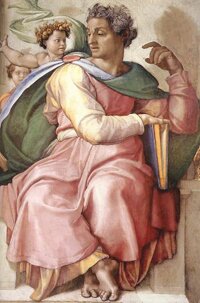 Dear Partners and Friends,
Dear Partners and Friends,It's time for us to fly away to Africa, again. As you read this, we are traveling from Beloit to Lujizweni to Six Trees to begin nearly 12 weeks of teaching and preaching at our beloved Kum Bible College. It's going to be a busy, industrious time between now and early September. We are counting on your support and prayer as we go from village to town to city to village training pastors, teachers, and evangelists for the African churches in 3 provinces. May we list the people, places, and projects that we would like you to pray for while we are gone? Thank you!
Please pray for the KBC classes that Larry will teach. Pray for Sue as she holds a training workshop for pre-school teachers in the bush villages. Also, pray that Sue will be effective as she works with government teachers in a primary school in the village of Nomadolo. Would you pray for Larry & Sue, Edmunds & Brenda, Ayanda, Zandile, Ewart, and Banzi & Zukiswa as they minister every night in district churches between Kokstad and Lusikisiki?
Please pray for Joe & Dawn Correll and Philip Allen as they come to assist Larry & Sue for 2 weeks. Joe will be doing a variety of repair and construction work. Dawn will work in village medical clinics and do door-to-door nursing, especially at Six Trees. Philip will be sharing the teaching load with Larry at both KBC campuses, Six Trees and Lujizweni. They, too, will be preaching and sharing testimonies each night in many churches and Christian house meetings. Pray for their travel and their transition to live and work in the African culture.
Please pray for Larry & Sue as they and their African teammates conduct revival meetings in places like Shayamoya, Mthantha, Conjwio, The Drakensburg Farms, and in new places in the province of Kwa-Zulu Natal. Our work seems to be extending both east and west from our own province of Eastern Cape. This year we will minister across the entire width of South Africa, all by invitation of local and regional Christian leaders. We praise God that He is opening new areas where we can preach the Gospel of Jesus Christ and help encourage Christian workers.
Please pray for a very major development in our outreach. For the first time, we are invited to hold KBC classes and preach in the Capetown area, a 19 hour drive west of our main campus at Lujizweni. Israel Kande, a pastor from the Congo, has asked us to come to Capetown and use his congregation (Emmanuel Christian Church) as our base of operation for preaching and establishing our second Kum Bible College extension campus (you will remember that our first extension opened in 2006 in Six Trees). This is a great opportunity to reach many, many more Africans with the Good News of Jesus, and to help in the training of church workers in Western Cape. We are both humbled and excited by this new "open door" (1 Corinthians 16: 9).
You pray, we'll work... and once again, we will ALL be God's Team sharing this important task. We will write when we return in September, before we repack our bags and head off to minister in England, Scotland, Belgium, Ohio, and California next autumn. Thank you for your gifts and prayers. Your loyalty to Christ, and to us, keeps us going. We love you!
SUMMER 2007







